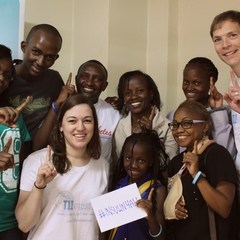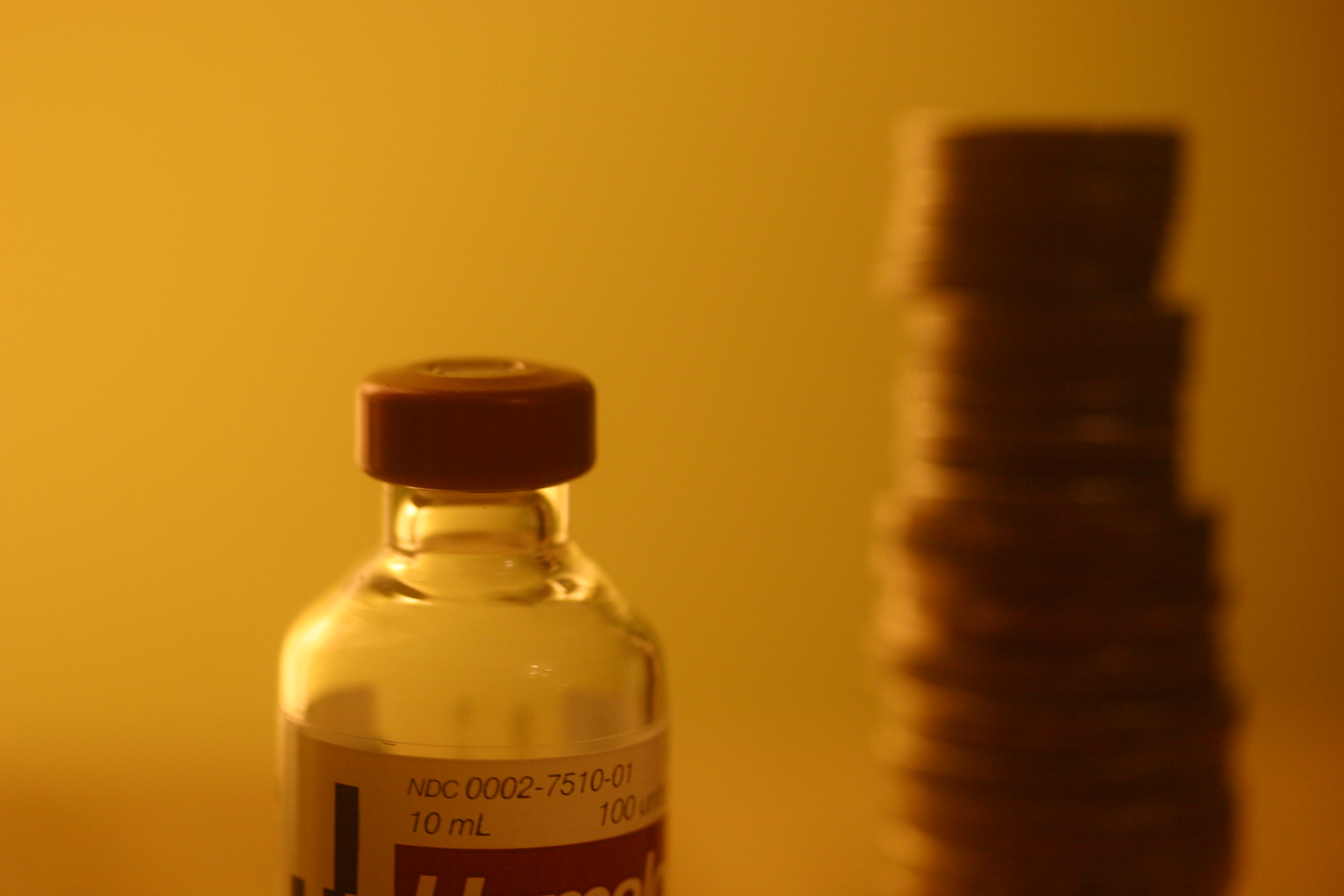
30 Years with Type 1 Diabetes in Kenya
5 Feb 2018, 9:59 a.m. in Global Stories by Cate Ndwiga
*Cate passed away on March 1, 2019. We love you, Cate. May you be pain-free now and reveling in the change you have created and the many lives you have improved.*
I was born in 1982 in Nairobi, Kenya to a single mum. I lived in one of Nairobi’s biggest ghettos called Dando (Dandora). For the first five years of my life, I had the care-free joy of being healthy and surrounded by a community. In 1987, I started showing signs of sickness. My mother ran to the community dispensary where she was told I was showing signs of a disease they could not understand, so I was referred to the biggest hospital in the country. My mother was so scared she literally ran with me to the hospital, where I was diagnosed with type 1 diabetes.
That is where my life with type 1 diabetes began. I was admitted to Kenyatta National Hospital, and for a year doctors fought to control my blood sugar levels. I was discharged and my mother had to learn to inject me. To me, injections were a pain I had to live with and it was not easy living with diabetes as a young girl. It was hard for my mother because of the financial constraints that managing diabetes came with.
I was using what they called Lente insulin, which was also known as pig insulin. I was injecting it up to four times a day, put on a special diet, had to do regular blood sugar tests. My mother almost went crazy because of all the financial aspects of managing diabetes. It was not cheap. Living in the ghetto, fighting a condition I couldn't understand made me stand out in the crowd. From an early age I learned to get used to my so-called "special life". I went through school and tried to feel like a normal child.

Over the years, I continued to learn and understand my condition, and to manage it the best I could. It was scary when I attended my monthly review clinics and had to go through a counselling session, where I was told about diabetes complications. I was told I could lose my limbs, I could have a miscarriage, and the list went on and on. I asked myself, ‘‘What life sentence was this?’’ I got angry at diabetes and ended up going through the motions at times.
My mother I was a strong pillar. She accepted who I was and wanted me to take life easy, but life was not easy for me. I had to get a job as soon as I graduated from college because I had to contribute to my expensive health needs. Growing up I always heard people that say diabetes was a disease of the rich. ‘‘The rich?’’ I thought. I kept wondering where the richness was in me. At times I had to borrow money to buy my insulin, and I missed my clinics because I couldn't afford the consultation fees. I came to see that diabetes affects both the rich and the poor.
For a long time, I never saw any awareness programmes in my community. Even people who were looking for information about diabetes were often given the wrong information. That's when I decided to start advocating about diabetes education, accessibility and availability of insulin and diabetic supplies. I also wanted to create awareness about diabetes and encourage people to go for screening.

Recently, I was an ambassador for a youth team in Nairobi that participated in the County budget allocation public forums. We advocated for the inclusion of Non-Communicable Diseases (NCDs) in the 2017/2018 budget. I was surprised to learn that the government was doing little to support people with type 1 diabetes. I learned that NCDs were not even mentioned in the budget. I am happy to say our advocacy was successful in that NCDs were highlighted in the budget. However, no money figures were allocated to NCDs, but the fight is not over yet. I believe with continued advocacy, we will get there.
I later learned about T1International. I loved what they were doing, so I decided to join in their advocacy programme as a volunteer to learn more about diabetic rights and needs globally. I like to hear about the experiences from different people in different countries, which has helped me with my own advocacy in my community. Being part of the T1I team has given me courage to stand out and talk freely about our rights and about our needs.
I am now facing some major diabetes complications. I have low vision disability and End Stage Renal Disease (ESRD), which have brought more complications due to kidney failure. I also have what they call brittle bone disease. I have dislocated both my hip joints and am on a wheelchair. I can no longer work because of my health. Taking care of all these conditions with no personal income is frustrating but I have not lost hope. I am trying to raise enough funds to cover the costs of hip replacement surgery and treatment. I am not as strong as before, but I made a promise to make the lives of people with diabetes more comfortable. If I don't get the help I need, at least I know my advocacy will help someone in Kenya with diabetes to get better medical care, affordable diabetic supplies and 100% government support.







